Connecting to eduroam Wi-Fi with Microsoft Windows 8
This guide explains how to connect to the eduroam Wi-Fi service for UCL staff and students using a Windows 8 device.
This guide is aimed at...
- Staff
- Students
- IT Administrators
- SLMS staff
- Researchers
Before you start...
- You must be aware of and abide by the UCL Computing Regulations
- You must be aware of and abide by the JANET Acceptable Use Policy
- You need your UCL user ID & password – found on the front of your registration slip and must be appended with @ucl.ac.uk for connecting to eduroam (e.g. ucxxzano @ ucl.ac.uk)
Instructions
Method 1
The simplest and securest way to connect to eduroam is by using the eduroam Configuration Assistant Tool.
Please see Connecting to eduroam using eduroam CAT (Configuration Assistant Tool) for instructions.
Method 2
- From the Start screen (Fig.1) select Desktop
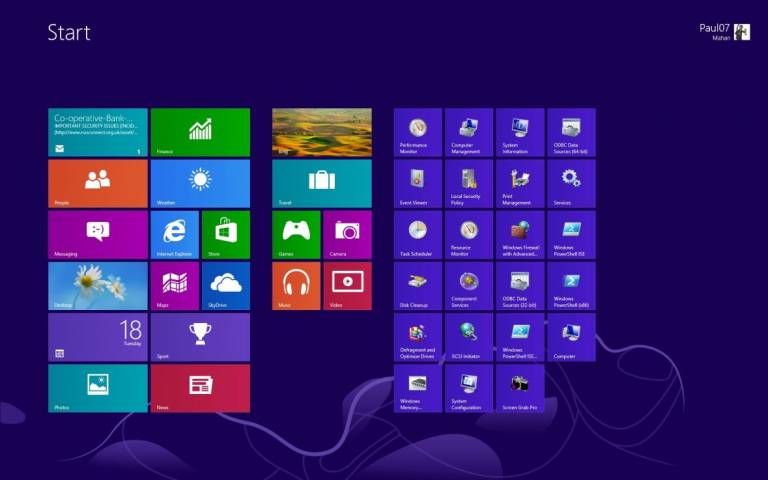
Fig.1 – Windows 8 Start screen - From the toolbar right-click the Networks icon and select Open Network and Sharing Centre (Fig.2)
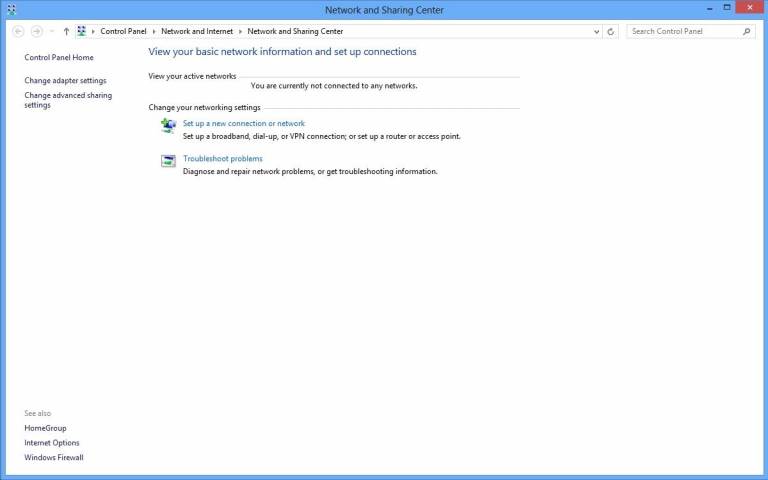
Fig.2 – Network and Sharing Center window - If there is already an eduroam entry, please ensure this is deleted.
- Select Set up a new connection or network
- From the Choose a connection option window (Fig.3), select Manually connect to a wireless network and select Next
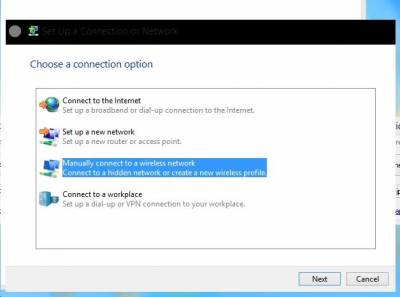
Fig.3 – Choose a connection option window - Enter the following details on the Enter information for the wireless network you want to add window (Fig.4):
Network name: eduroam
Security type: WPA2-Enterprise
Encryption type: AES
Security Key: Field disabled
Start this connection automatically: Checked
Connect even if the network is not broadcasting: Unchecked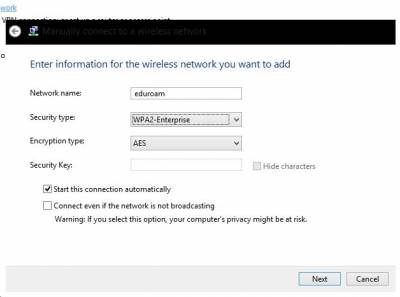
Fig.4 – Enter information for the wireless network you want to add window - Click Next to continue
- Additional steps are required to configure eduroam. When prompted click Change connection settings (Fig.5)
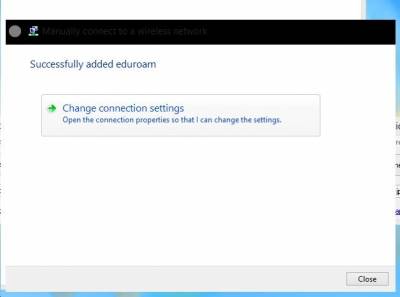
Fig.5 – Successfully added eduroam window - On the eduroam Wireless Network Properties window (Fig.6) select the Security tab
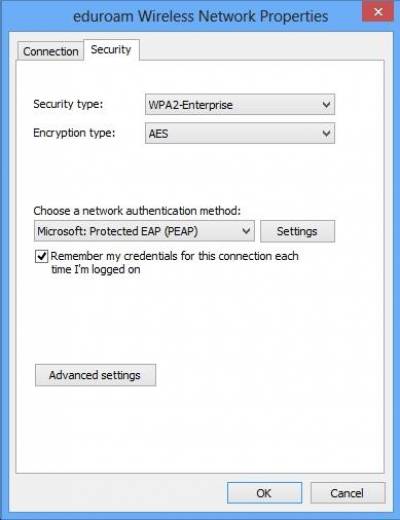
Fig.6 – eduroam Wireless Network Properties window - Select Microsoft: Protected EAP (PEAP) under Choose a network authentication method and click Settings (if a User Account Control window appears click Allow)
- At the Protected EAP Properties window (Fig.7) enter the following details:
Validate server certificate: Checked
Connect to these servers: Checked orps.jrs.ucl.ac.uk
Trusted Root Certification Authorities: Checked QuoVadis Root CA 2
Do not prompt user to authenticate: Unchecked
Select Authentication Method: Secured password (EAP-MSCHAP v2)
Click the Configure... button: Uncheck box inside EAP MSCHAPv2 Properties window (Fig.8)
Enable Fast Reconnect: Checked
Enforce Network Access Protection: Unchecked
Disconnect if the server does not present cryptobinding TLV: Unchecked
Enable Identity Privacy: Unchecked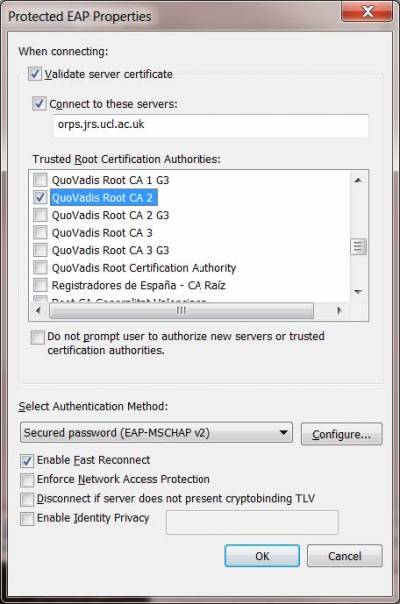
Fig.7 – Protected EAP Properties window 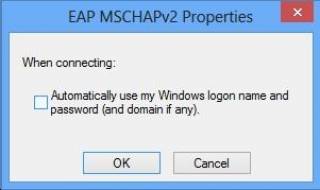
Fig.8 – EAP MSCHAPv2 Properties window - Click OK until configuration has completed
- To connect to eduroam for the first time click the Networks icon from the toolbar
- Select eduroam from the list of Wireless Networks. Tick the option to Connect Automatically and click the Connect button.
- At the Network Authentication window (Fig.9) enter the following details:
Username: Your UCL user ID must be in the format userID @ ucl.ac.uk (e.g. zcxxano @ ucl.ac.uk)
Password: Your UCL password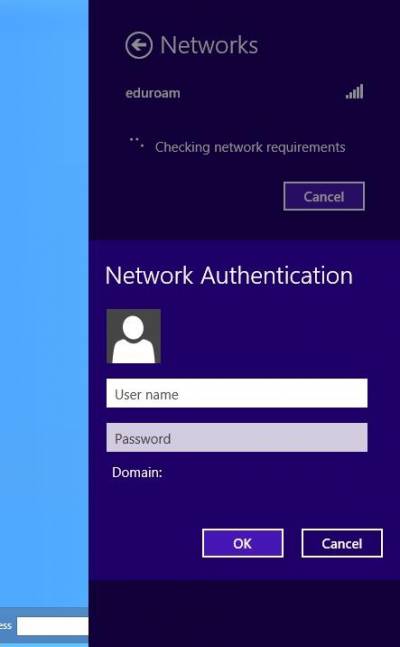
Fig.9 – Network Authentication window Click OK to connect
Having trouble connecting?
For further instructions please see Wi-Fi troubleshooting & known issues.
Help & Support
For further help and assistance you will need to contact the IT Services.
Feedback
We are continually improving our website. Please provide any feedback using the feedback form.
Please note: This form is only to provide feedback. If you require IT support please contact the IT Services Help desk. We can only respond to UCL email addresses.
 Close
Close

